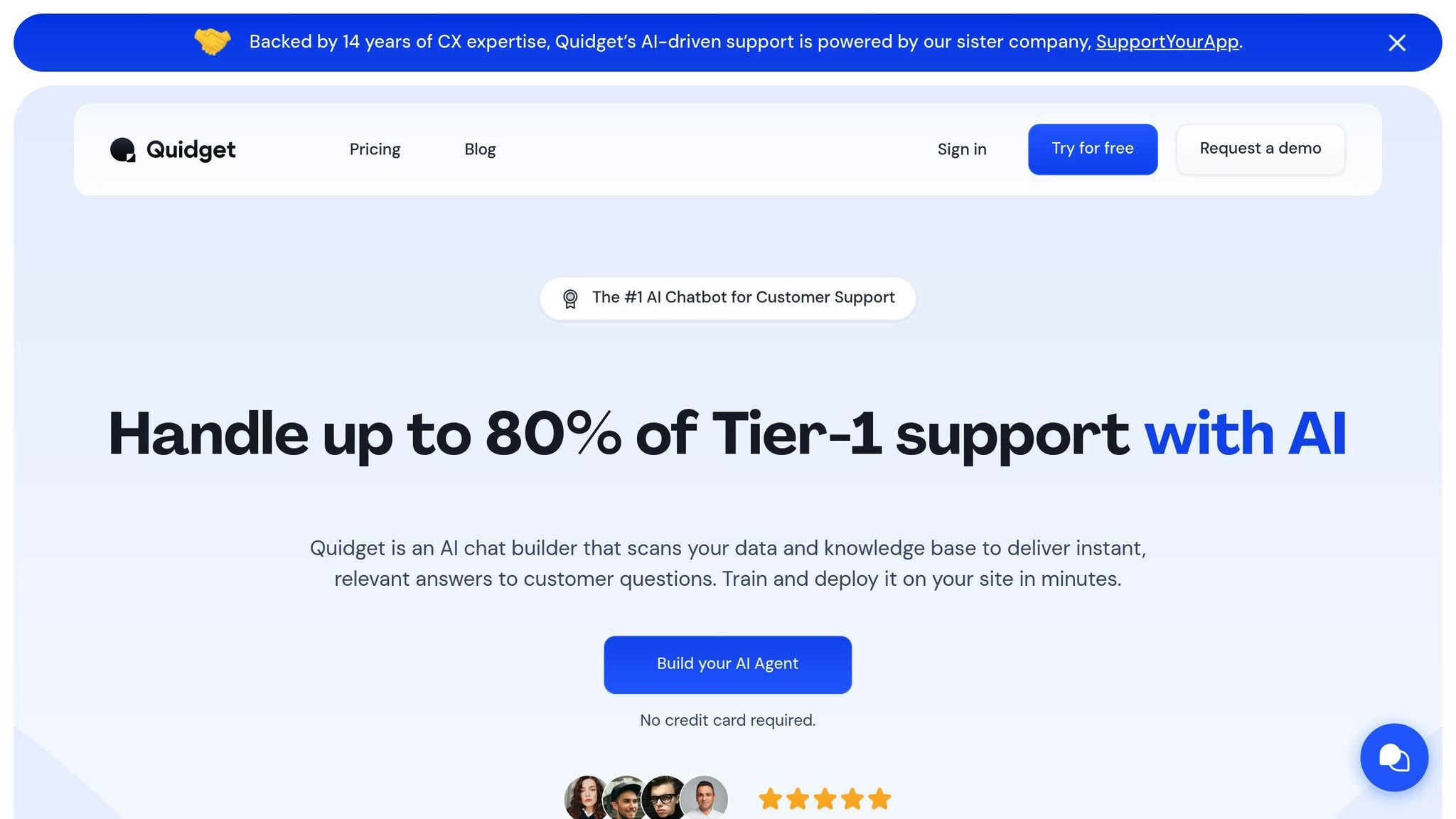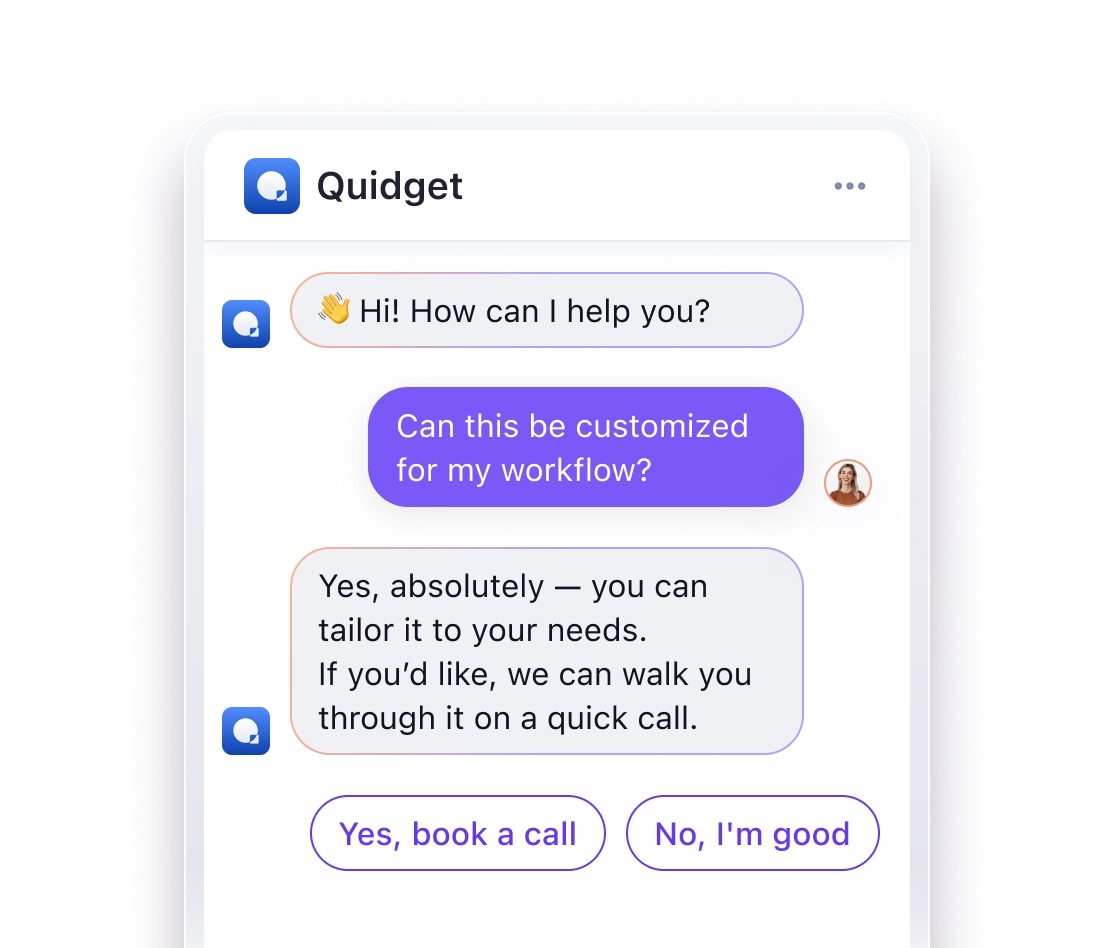Vendor risk assessment (VRA) is the process of identifying and managing risks associated with third-party vendors. It ensures your business stays protected from issues like security breaches, compliance failures, and operational disruptions. Here’s what you need to focus on:
- Data Security: Encryption, access controls, and incident response plans.
- Compliance: Legal permits, certifications, and adherence to regulations.
- Financial Health: Credit reports, market position, and leadership background.
- Service Quality: SLAs, performance metrics, and client feedback.
- Ongoing Monitoring: Regular audits, risk tracking, and communication channels.
What is a Vendor Risk Assessment
What to Include in a Vendor Risk Assessment Checklist
Creating a vendor risk assessment checklist involves covering critical areas to ensure a thorough evaluation of potential risks. Here’s a breakdown of key components to consider:
Vendor History and Financial Health
Understanding a vendor’s financial stability is crucial for assessing their reliability. Focus on these aspects:
- Credit Reports: Check their credit ratings and financial statements.
- Market Position: Analyze their standing and market share within the industry.
- Leadership Background: Perform background checks on key executives.
Regulatory and Legal Compliance
Ensuring the vendor complies with regulations helps avoid legal complications. Key areas to review include:
| Compliance Area | What to Check |
|---|---|
| Industry Standards | Certifications, regulatory standards, and quality management systems. |
| Data Protection | Compliance with relevant data protection laws. |
| Documentation | Legal permits, insurance coverage, and compliance certificates. |
Data Security and Privacy Policies
Data security is a top priority in today’s digital environment. Assess the following:
- Encryption Protocols: Look at how data is encrypted, both at rest and in transit.
- Access Controls: Evaluate how access to sensitive data is managed.
- Security Management: Review incident response plans and data lifecycle policies.
Service Quality and Delivery
The vendor’s ability to deliver consistent service impacts your operations. Consider these factors:
- Performance Metrics: Define service level agreements (SLAs) and quality control measures.
- Support Systems: Assess their technical support infrastructure.
- Track Record: Look into past performance and client feedback.
Monitoring and Managing Risks
Ongoing risk management is essential for maintaining a strong vendor relationship. Key steps include:
- Performance Tracking: Set up KPIs to monitor vendor performance regularly.
- Risk Mitigation: Create plans to address potential risks.
- Regular Audits: Schedule periodic assessments to ensure compliance and performance.
- Communication Channels: Keep clear and open lines of oversight.
Using AI tools like Quidget can simplify data collection and provide quick insights, making risk management more efficient. Incorporating the right tools can help streamline the entire vendor assessment process.
How to Perform a Vendor Risk Assessment
Taking a structured approach to vendor risk assessment helps organizations make well-informed decisions while safeguarding their interests. Here’s a step-by-step guide:
Step 1: Gather Vendor Information
Start by collecting key details about the vendor to understand their operations. Focus on:
- Business structure and ownership
- Financial records and credit history
- Industry certifications and licenses
- Track record of past performance
Step 2: Pinpoint Risk Areas
Identify potential weaknesses across various aspects of the vendor’s operations. Pay attention to areas like financial health, operational dependability, security measures, regulatory compliance, and reputation.
Step 3: Verify with Documentation
Request supporting documents to confirm the vendor’s claims. Key documents to review include:
- Insurance certificates
- Data management policies
- Business continuity plans
Step 4: Assign Risk Scores
Use a scoring method to objectively assess potential risks. Factor in:
- Likelihood of risks occurring
- Possible impact on your organization
- Existing measures to reduce risk
Step 5: Create a Risk Management Plan
Develop a clear plan to manage and monitor risks over time. Include the following:
- Specific strategies tied to measurable goals and KPIs
- Regular audits and reviews
- Defined communication protocols
- An exit strategy, if necessary
Tools like Quidget can help automate tasks such as collecting vendor data and managing inquiries, allowing your team to focus on planning and mitigating risks. Using the right technology can simplify vendor risk assessments and make them more effective.
sbb-itb-58cc2bf
Tools and Resources for Vendor Risk Assessment
Managing vendor risks efficiently requires the right tools and resources. Below is an overview of solutions that can simplify and enhance the vendor risk assessment process.
Quidget: AI Chatbots for Vendor Management

Quidget leverages AI to simplify vendor management tasks. It offers features like:
- Automated data collection and multilingual vendor communication
- Customizable workflows for assessments
- Seamless integration with existing vendor management systems
- Streamlined handling of vendor inquiries
Software for Vendor Risk Management
Beyond Quidget’s automation capabilities, other software solutions provide a wider range of features to address vendor risk:
| Software | Key Features | Best For |
|---|---|---|
| Vanta | Security checks, compliance tracking | Security-related evaluations |
| SafetyCulture | Standardized audits, reporting | Operational risk monitoring |
| UpGuard | Security ratings, threat detection | Cybersecurity risk assessments |
These tools help standardize processes and offer detailed insights into vendor risks, complementing the steps in your assessment strategy.
Templates and Guides for Checklists
Templates and guides provide pre-built frameworks to streamline vendor risk evaluations. Common features include:
- Pre-designed questionnaires tailored to different vendor categories
- Risk scoring models
- Documentation checklists
- Compliance verification tools
Customize these templates to meet your organization’s needs while adhering to industry standards. Regularly updating them ensures they remain relevant as risk factors shift.
Conclusion: Why Vendor Risk Assessment Matters
Vendor risk assessment plays a critical role in safeguarding organizations in today’s interconnected business environment. Experts highlight that managing vendor risks effectively influences a company’s security, compliance, and operational stability.
Reducing Risks and Ensuring Protection
A well-structured assessment process helps organizations spot and address potential threats before they escalate into costly problems. This forward-thinking approach supports business continuity and shields valuable resources.
Meeting Compliance Standards and Securing Data
Thorough vendor risk assessments not only enhance compliance efforts but also protect sensitive information. Companies that prioritize these assessments are better positioned to meet regulatory requirements and maintain trust in the marketplace.
Improving Business Operations
Regular evaluations of third-party vendors bring measurable advantages, such as better performance tracking, stronger data security, and improved risk management strategies. These assessments provide essential insights into the risks tied to vendors, including security and privacy concerns.
"Vendor risk assessments allow businesses to understand the exposure levels associated with these third-party entities and help them gain insights into security, privacy, and other threats that could emerge when vendors are involved in handling data, business operations, or customer interactions."
Building Long-Term Benefits
Consistent vendor risk assessments lead to stronger partnerships, better compliance, and smoother operations. Organizations that make these evaluations a routine practice can build resilience and ensure steady, reliable performance over time.
In a constantly changing business world, vendor risk assessments are a cornerstone of operational stability. By integrating these assessments into your processes, you prepare your organization for future challenges, a topic we’ll explore further in the FAQs.
FAQs
How to assess vendor risk?
Assessing vendor risk involves a clear process to evaluate and manage potential threats linked to third-party vendors. Here’s a closer look at the key steps:
1. Identify Critical Assets and Vendors
Pinpoint vendors who handle sensitive data or provide essential services critical to your operations.
2. Determine Risk Tolerance
Set clear risk thresholds for different vendor categories based on your organization’s capacity to handle potential risks.
3. Generate Security Ratings
Evaluate vendors using standardized criteria, such as:
- Financial stability
- Security measures
- Compliance track record
- Reliability in operations
4. Conduct Security Questionnaires
Send out questionnaires to understand their practices for data protection, access controls, and incident handling.
5. Tier Vendors by Criticality
Organize vendors based on their importance and associated risk levels to focus monitoring efforts effectively.
6. Implement Continuous Monitoring
Perform regular audits and reviews to ensure vendors meet compliance requirements and to spot any emerging risks.
"Vendor risk assessments allow businesses to understand the exposure levels associated with these third-party entities and help them gain insights into security, privacy, and other threats that could emerge when vendors are involved in handling data, business operations, or customer interactions"



